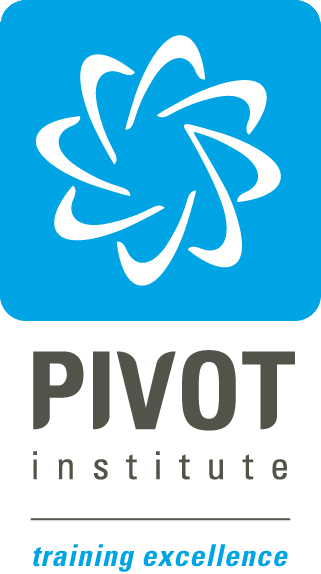What is Manual Handling? Manual Handling is any task which involves moving something by lifting, pushing or pulling etc. For example, lifting objects or pushing trolleys or even working in a constrained awkward position. It is known to many as the daunting task that many of us are forced to attend training for annually. But how important is it? Well, if we take into consideration that an estimated 1 third of all work related injuries are Muscular Skeletal Disorders which may be caused by poor manual handling procedures – it is very important.
In recent years the effects of poor manual handling have become very apparent. Legally every employer is obliged to train their staff with best manual handling practice. Often people ignore best practice due to habit or laziness. Good Manual Handling Practice is vital to prevent the likelihood of the following:
- MSDs (Muscular Skeletal Disorder)
MSDs are caused cumulatively over time and can be caused by repeated lifting. Examples include back pain, lower limb disorders, and upper limb disorder such as the neck.
- Work Related Injuries
Injuries such as a fracture or a breakage are mostly accidents but can be caused by poor Manual Handling.
Manual Handling – Best Practice
Prior to lifting
- Take into consideration the following:
- Assess the load;
- The weight of the load;
- Size & shape of the load;
- Distance you must travel with the load;
- Assess the workplace layout. Are there improvements that could be made to make your duties more efficient?
- Flooring- is it even or bumpy?
- Any obstructions you may come across? Ensure you have a clear pathway;
- Lighting;
- Is there any easier safer way? Could you half the load, use a mechanical aid or ask somebody to help;
- NEVER strain yourself by lifting something too heavy. If you are struggling to carry it, chances are it is too heavy and you shouldn’t.
Safe Procedure during the lift
- Ensure your feet are about a foot apart and that both feet are facing in front of you. One foot should be slightly in front of the other for balance;
- Ensure the heavier part of the object is facing you;
- Squat down and lift the object, hugging it close to your body;
- Keep your head tilted up and avoid twisting your body;
- Ensure that your back maintains the natural curve of your spine and lift with your legs;
- For heavy loads, take into consideration resting half way through the lift or push and then changing your grip for the remainder of the way.
Considerations:
- Remember to vary your work where possible to ensure that muscles get a rest.
- Report any signs of strain or pain immediately to your doctor or OHS manager. Ignoring symptoms will make it worst and reduce your likelihood of recovery.
Training is vital for all workers. It must be remembered as well that although training will help it will not reduce poor working areas, unsuitable duties and no aids (mechanical or otherwise) to help.
